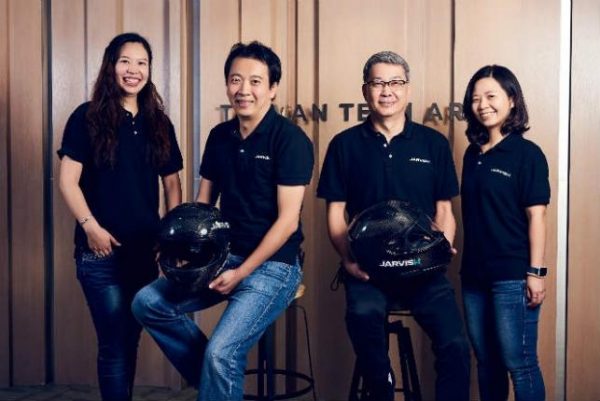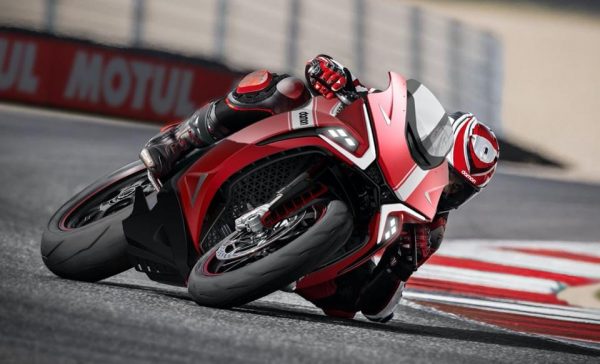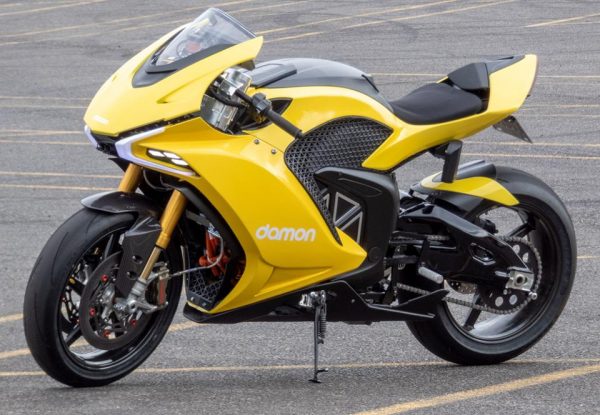Jarvish’s Smart Helmet Can Provide a Better Experience for Motorcycle Riders and Set New Trends in the Motorcycle Industry
LAS VEGAS, Jan. 8, 2020 /PRNewswire/ — Jarvish and other notable homegrown startups led by Taiwan Tech Arena (TTA) are now showcasing their innovative solutions at CES 2020. Smartphones have been around for more than 10 years. People nowadays tend to find smart mobile devices that suit their needs and are easy to use based on different usage scenarios. Recognizing this trend – as well as the development of 5G technology which will perfect connected vehicles – startup company Jarvish, whose core members mainly consist of former employees from Hon Hai, has spared no efforts to develop top-notch motorcycle gear for connected vehicles. By utilizing its strong technology integration capabilities, Jarvish has brought the world a smart helmet featuring a stylish design and practical functions. Jarvish’s smart helmet comes with a built-in 2K HD action camera, a sensor that detects whether the helmet is being worn, OGS surrounding HD sound system, smart voice control system, wireless charging module, and HUD (Head-Up Display) that allows you to browse information while riding. “Unlike other mobile devices, smart helmets need to provide not only high performance and advanced technology but also security. Therefore, we have studied security regulations in different countries and set our eyes on markets with high-security requirements,” said Jeremy Lu, founder of Jarvish. To meet the security requirements, the materials, the placement of the microphone, camera, HUD, battery, and Bluetooth module, as well as the wiring of the helmet must be thoroughly planned. For example, since the battery is placed near the rider’s head, the lithium battery commonly used in commercial products must be replaced with the explosion-proof ceramic battery intended for military use. The ceramic battery can run for up to five hours. Also, the HUD consumes power constantly; therefore, the battery size and the thickness and weight of […]



